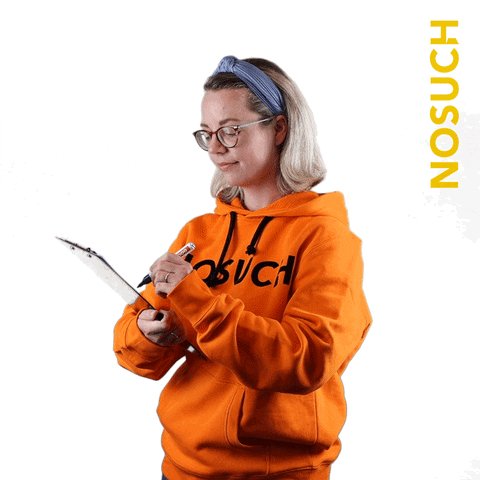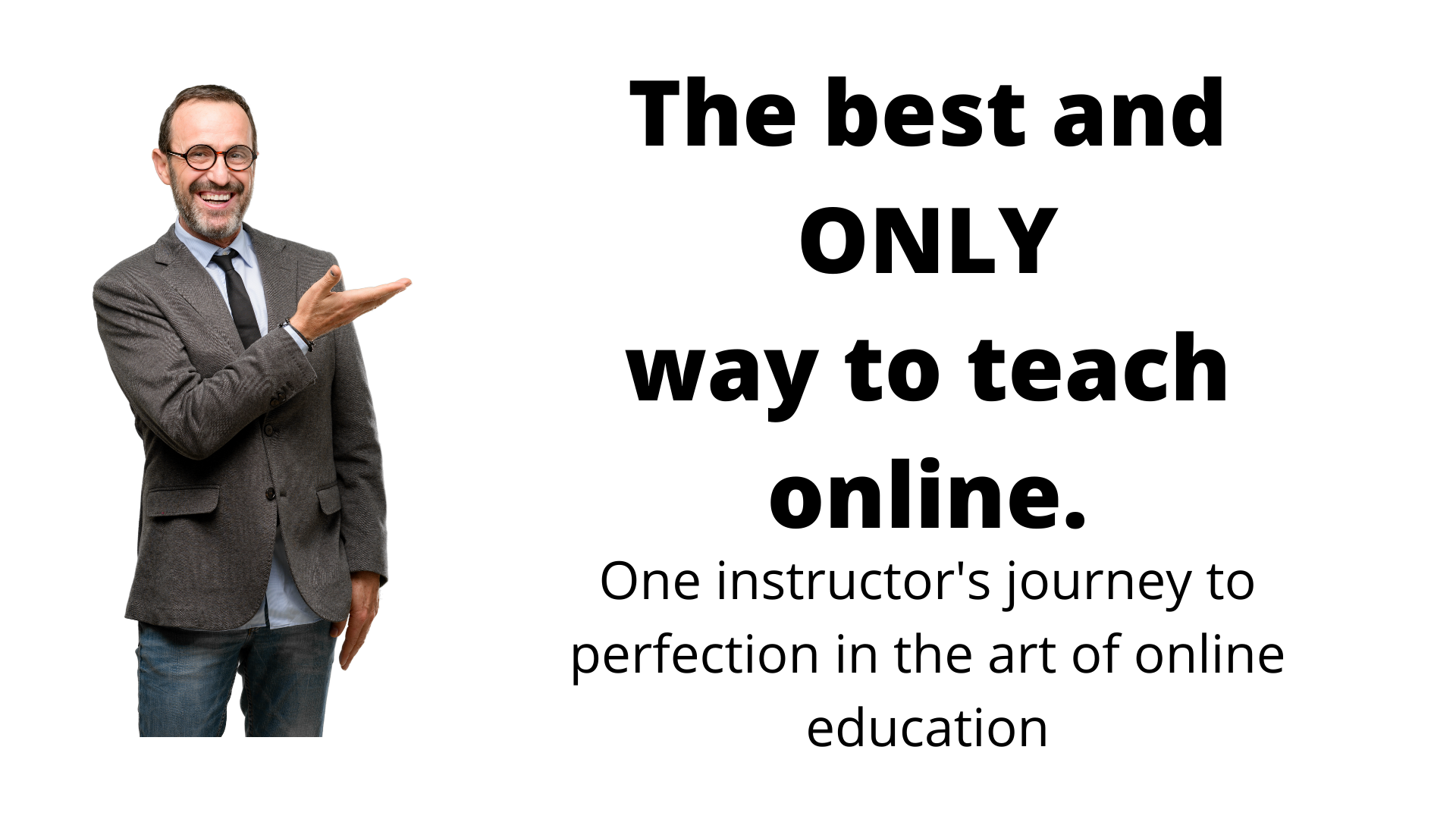
I teach a class in entrepreneurship. It is one of the highlights of my week. This past group is just finishing this week and I’m going to miss them terribly.
They were engaged, they discussed, they asked questions, they cheered each other on, they supported each other, and friendships were made that I hope are substantial.
One student had a baby and was in class three days later, another spent two weeks in the hospital yet never missed a beat. By the end of the course, I was misty-eyed, as I imagine a few others were as well. I hope that all 51 of us left that experience different than when we started.
Want to hear something crazy?
The entire course was online! A variation of hyflex (bichronous) and most of the students kept their cameras off in the live sessions (Shout out to my boy Shane for keeping his on, lol). The class took place over 14 weeks. Live sessions were held every Tuesday night but were optional. I taught from my home office in Medicine Hat Alberta (long story) while most of them were from the Vancouver BC area. The live sessions were recorded and uploaded to the learning management system for viewing later. In a class of 50, we typically saw 30-40 each week in the live sessions. There were a few who never made any of the live sessions (by my count 6) but most of them kept up and were engaged in other ways (more on this later). I’ve been teaching this course this way for a year now. I have made a lot of tweaks and found some things that I thought I would share.
Below are a few of the bigger tweaks I’ve made that seem to have made the biggest difference. None of these are game-changers but I found that by integrating them, I have higher engagement than I have ever had in the past.
So what the heck do I do?
Pre-assessment polls
I use Zoom for the live sessions, so I use the poll feature available. As the students log in they are greeted with a poll asking questions such as:
- Are you excited to take this course?
- How are you feeling today? Red (bad), Yellow (Meh), Green (Great). Shout out to Sue Fitzsimmons for showing me this one.
- Who is your favourite rap artist?
- DC vs Marvel?
- Of the 4 topics listed below, which one would you like me to do a refresher on before we get started.
- Music playlist for next week (Every session has a musical theme)
You get the idea. I try to keep them light, fun and sometimes relevant. They have fun with them and I get a sense of who my students are.
Backchannel
Before the first session even starts I have the class join a Slack group. I am considering changing to Discord, as many students are very familiar with this platform through gaming and friends. I let the class know that this is the best way to contact myself and each other. I like that I can set up separate channels and share resources outside the LMS.
Like any tool, it takes a little bit for them to start using it, but once they do it takes off. Students were sharing other resources, asking questions, passing notes back and forth, asking for help on assignments. They’d direct message (DM) each other, form their own channels and more that I am probably not aware of. It forms a community that goes beyond the LMS. I have bee using this tool for a few years now and I see groups that are 4 years from the course still connecting.
I also use it as an engagement tool throughout the live session. Often after I’ve gone over something that could be a bit intense I ask the students to post to the GIF channel how they are feeling right now using a GIF. They LOVE this one. It helps me take the temperature of the group and keeps them having fun.

Checklist
When I first started teaching online I found myself getting overwhelmed as to how to organize all the resources. PDFs, readings, podcasts, videos etc. It can get really cumbersome and really confusing, really quickly. If I am confused and overwhelmed imagine how the students felt. Now each week I have a checklist built in the LMS. In this checklist are hyperlinks to all the resources needed for the week. It is a one-stop-shop. No need to go anywhere else. I break each week’s checklist into sections:

- Read: This is where I put the readings. It may be a reference to their textbook, an article, blog, or open educational resource (OER).
- Watch/Listen: This is where I post a video and a podcast that pertains to the week’s topic. I try to find engaging fun value-packed content. If I can’t? I create it (More on this in a different post).
- Do: This is where I post links to the assignments and discussions. This is where they are expected to do something for the week.
- Show: This is one that doesn’t make it into every week but depending on the course may be a low-stakes quiz. It is also here that I post the midterm and final.
This checklist has caused all the “where do I find….” emails or DMs to stop. No longer do the students have to go looking for things. If a link breaks, they are pretty quick to let me know and I can go and fix it.
Cohorts (Breakout rooms)
Before the first session, I organize 10 groups of 5. I put this in a google doc and share the link on the first day. I let them know that this is their cohort for the term. If they miss classes, need clarification, want to share memes, this is the group to do that with. At the beginning of each live session, I give them a prompt question and 10 minutes for them to meet and discuss in a breakout room.
This takes a bit of work upfront but it pays off.
I attribute this to a lot of why the students feel so engaged. Even the ones who don’t attend the live sessions seem somewhat engaged asynchronously.
I‘m joking of course (about the perfection)
If you’ve gotten this far I hope you realize that I was being entirely facetious with the statement that this is the best and only way to teach online. This is perhaps one of the things I love about teaching. Just when you think you have your system figured, the class changes and with new classes comes new opportunities. In my experience, it is an art more than a science.
This is what is working (somewhat) for me. There are still lots I want to try and lots I need to tweak. The point is, that online education can be engaging, it can be meaningful, and honestly, it can be a lot of fun if you let it.
Shared by:

Sorry, but comments are not enabled on this site.